Worm Farm Shredded Paper Coffee Grounds & Compost/worm Experiment. Six Months In A Washing Machine
If you're interested in reducing waste and improving your garden, worm composting might be just the thing for you! It's a fantastic way to turn kitchen scraps and garden waste into nutrient-rich compost that your plants will love. Plus, it's a fun and educational project that you can do right at home. In this article, we'll explore the basics of worm composting and provide you with some helpful tips to get started.
What is Worm Composting?
Worm composting, also known as vermicomposting, is a process that uses earthworms to break down organic matter into nutrient-rich compost. The worms consume the organic waste, such as fruit and vegetable scraps, coffee grounds, and paper, and then excrete nutrient-rich castings, also known as worm manure.
This vermicompost, or worm castings, is a highly valuable soil amendment that improves soil structure, enhances moisture retention, and provides essential nutrients for healthy plant growth. It's often referred to as "black gold" due to its many benefits for your garden.
Why Should You Start Worm Composting?
There are several reasons why you should consider starting a worm composting bin:
1. Reduce Waste: According to the Environmental Protection Agency (EPA), food scraps and yard waste make up about 30% of what we throw away. By composting these organic materials, you can divert them from landfills and reduce your household waste.
2. Improve Soil Health: Worm castings are rich in organic matter and beneficial microorganisms, which help improve soil structure and fertility. Adding vermicompost to your garden beds will enhance nutrient availability and promote healthy plant growth.
3. Save Money: Instead of buying expensive fertilizers and soil amendments, you can create your own nutrient-rich compost using kitchen scraps and yard waste. It's a cost-effective way to improve the health of your garden.
4. Educational Opportunity: Worm composting is a great educational tool for kids and adults alike. It teaches valuable lessons about the importance of recycling, composting, and the interconnectedness of ecosystems.
How to Get Started with Worm Composting
Now that you understand the benefits of worm composting, let's dive into the process of getting started. Here's a step-by-step guide:
Step 1: Choose a Worm Bin
The first thing you'll need is a suitable container to house your worms and compost. You can purchase a ready-made worm bin or create your own using a plastic or wooden container. Make sure it has a tight-fitting lid to keep out pests and control moisture levels.
Step 2: Select the Right Worms
Not all worms are suitable for vermicomposting. The best worms for the job are Eisenia fetida, also known as red wigglers or tiger worms. They are voracious eaters, reproduce quickly, and thrive in the organic material found in your compost bin. You can typically find them at local gardening stores or order them online.
Step 3: Prepare the Bedding
The bedding material provides a comfortable environment for the worms and helps maintain moisture levels. There are various options for bedding material, including shredded newspaper, cardboard, coconut coir, or a mixture of these. Soak the bedding material in water and wring out any excess moisture before adding it to the worm bin.
Step 4: Introduce the Worms
Once your bedding material is ready, it's time to introduce the worms to their new home. Gently place the worms on top of the bedding and let them burrow in. Avoid disturbing them too much, as they prefer a stable and undisturbed environment.
Step 5: Feed Your Worms
Worms eat a variety of organic matter, including fruit and vegetable scraps, coffee grounds, tea bags, eggshells, and small amounts of shredded paper or cardboard. Bury the food scraps in different areas of the bedding to prevent odor and fruit flies. Be mindful not to overfeed your worms, as it can lead to issues with moisture and odor.
Step 6: Maintain the Worm Bin
Keep an eye on the moisture levels in your worm bin. The bedding should feel damp, similar to a wrung-out sponge. If it feels too dry, mist it with water. If it's too wet, add dry bedding material. Regularly check for any food scraps that haven't been consumed and remove them to avoid attracting pests.
Step 7: Harvest the Vermicompost
After a few months, the organic matter in the worm bin will transform into dark, crumbly vermicompost. There are a couple of methods you can use to harvest the worm castings:
Migration Method: Move all the contents of one side of the bin to the other side. Add fresh bedding and food scraps to the empty side. Over time, the worms will migrate to the side with new food, allowing you to easily collect the vermicompost from the emptied side.
Screening Method: Dump the contents of the worm bin onto a large sheet of plastic or a fine-mesh screen. Gently separate the worms from the compost using your hands or a trowel. Return the worms to the bin with fresh bedding, and collect the finished worm castings for use in your garden.
Tips for Successful Worm Composting
To ensure a successful vermicomposting experience, here are some additional tips to keep in mind:
1. Don't overfeed: Worms can only eat so much each day. Overfeeding can lead to excess moisture and unpleasant odors. Start slowly and adjust the amount of food based on how quickly the worms consume it.
2. Avoid certain foods: While worms can eat a wide range of organic materials, there are a few items to avoid, such as meat, dairy products, oily foods, and excessive amounts of citrus fruits. These can attract pests or create imbalances in the worm bin.
3. Maintain proper moisture levels: Your worm bin should have a moist but not soggy environment. If it becomes too dry, mist it with water. If it becomes too wet, add more dry bedding material to absorb the excess moisture.
4. Provide proper ventilation: Worms need oxygen to survive. Make sure your bin has adequate ventilation to prevent the buildup of gases. You can create air holes in the container or use a bin specifically designed for worm composting.
5. Keep an eye out for pests: While worms are generally hardy creatures, certain pests like fruit flies, ants, or mites can become a problem. If you notice an infestation, adjust your feeding habits, bury food scraps deeper, and make sure the bin is properly sealed.
6. Be patient: It takes time for the worms to break down the organic matter and produce vermicompost. Patience is key, and you'll be rewarded with nutrient-rich castings for your garden.
Conclusion
Worm composting is a fantastic way to reduce waste, improve soil health, and create nutrient-rich compost for your garden. By following the steps outlined in this article, you can easily set up your own worm composting bin and start reaping the benefits. Remember to monitor moisture levels, provide appropriate bedding and food, and be patient as the worms work their magic. Happy vermicomposting!
If you are looking for 12 Cheap and Easy Worm Bedding Options - No Waste Nutrition you've came to the right place. We have 35 Pics about 12 Cheap and Easy Worm Bedding Options - No Waste Nutrition like Best Worm Composter - The very best worm compost bins ranked, Worm farm idea, use your shredded paper in the worm fast, but wet and wring first before adding and also DIY Worm Bin: Create your own compost bin with kitchen scraps, shredded paper, dirt, and worms. Read more:
12 Cheap And Easy Worm Bedding Options - No Waste Nutrition
 nowastenutrition.com
nowastenutrition.com Archives For 06/2012
archives shredded worm paper ll
What Is A Wormery And Why Should I Have One? - Fresh From The Hive
 www.freshfromthehive.co.uk
www.freshfromthehive.co.uk How To Start A Worm Bin In 2020 | Worm Bin, Vermicomposting, Worm Composting
 www.pinterest.com
www.pinterest.com worm bin
Worm Bedding: 9 Awesome Choices
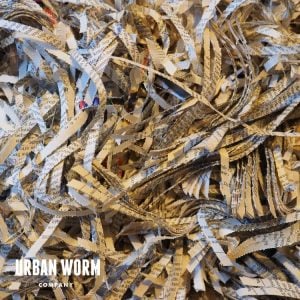 urbanwormcompany.com
urbanwormcompany.com worm bedding shredded paper
Worm Farming - Paper Pulp Finished Product | Farm, Cool Things To Make, Worms
 www.pinterest.com
www.pinterest.com How To Start A Worm Farm For Your Greenhouse
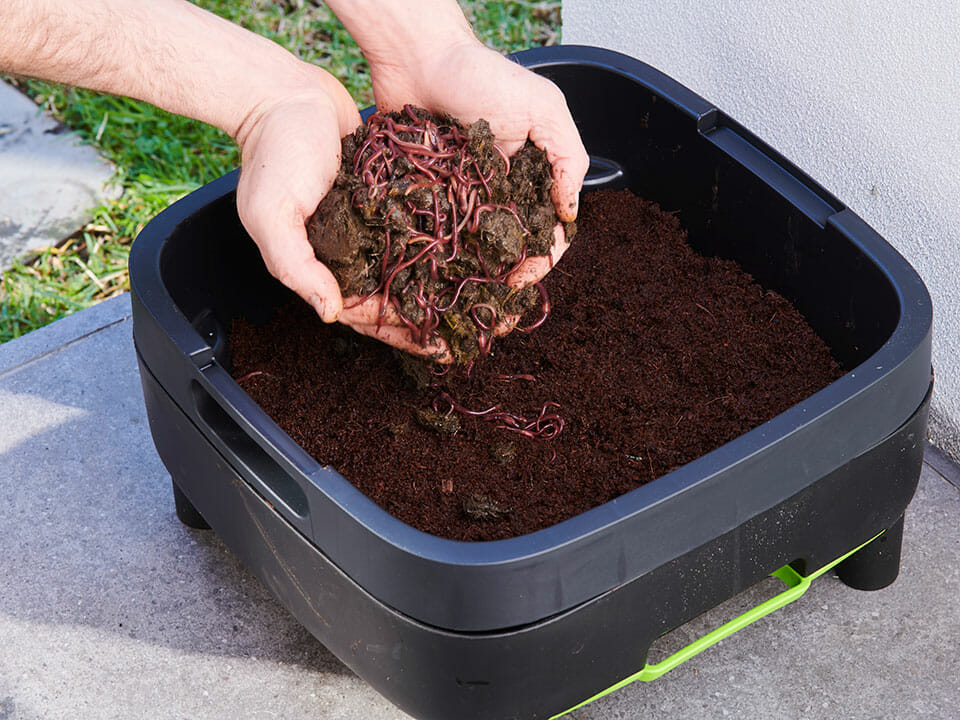 greenhouseemporium.com
greenhouseemporium.com worm farm start worms greenhouse
D.I.Y. Worm Farm
worm farm bedding paper step
How To A Start Worm Farm At Home: Learn About Vermiculture
 gardenerspath.com
gardenerspath.com worm vermiculture untreated shredded gardenerspath
Why Are There Maggots In My Vermicomposting Bin & Is It Good Or Bad?
 www.pinterest.com
www.pinterest.com Zipgrow Aquaponics #HomeAquaponicsGarden Refferal: 6308354776 #VisionExercisesToImproveEyesight
 www.pinterest.com
www.pinterest.com worm aquaponics composting easyaquaponics compost
Shredded Cardboard Is Essential For Worm Bin Bedding. - WormFarmGuru
 wormfarmguru.com
wormfarmguru.com cardboard shredded karton worn
Worm-farm-bedding-shredded-paper2 - WormFarmGuru
 wormfarmguru.com
wormfarmguru.com worm bedding shredded farm paper2 newspaper excellent material makes
DIY Worm Bin: Create Your Own Compost Bin With Kitchen Scraps, Shredded Paper, Dirt, And Worms
 www.pinterest.com
www.pinterest.com composting compost veggiegardener worms
DIY Project Ideas: 10 Great Uses For Shredded Paper | Shredded Paper, Worm Composting, Backyard
 br.pinterest.com
br.pinterest.com shredded compost
What Can You Put In A Worm Compost Bin? What To Feed Worms?
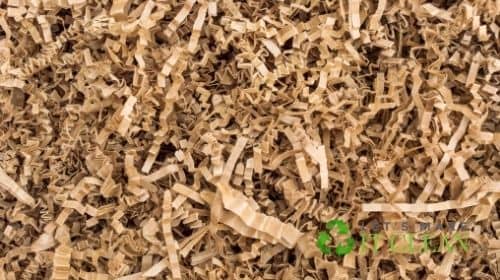 letsmakeitclean.com
letsmakeitclean.com worm
Vermiculture: Tom's New Can Of Worms - Tall Clover Farm
 tallcloverfarm.com
tallcloverfarm.com compost worm bin worms vermiculture shredded tom
Shredded Paper - Waste Reduction & Recycling
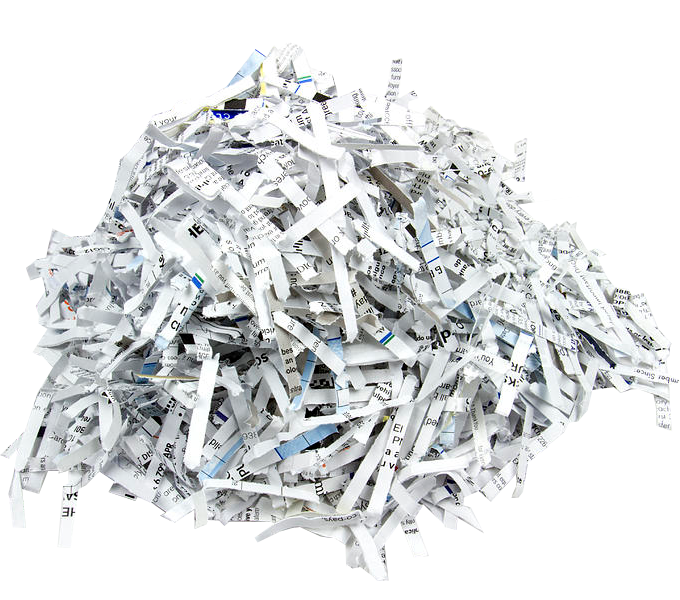 recycling.ncsu.edu
recycling.ncsu.edu shred shredded recycle shredding merrypak fibers shortens ncsu
Creating An Earth Worm Farm With A Plastic Tub And Shredded Paper/soil - YouTube
 www.youtube.com
www.youtube.com shredded paper plastic soil worm
Garden Idea | Shrubs, Plants, Lawn
 www.pinterest.com
www.pinterest.com Worm Farm, Vermicomposting, Composting At Home
 www.pinterest.com
www.pinterest.com Really Like The Texture. | Worm Beds, Worm Bin, Worms
 www.pinterest.com
www.pinterest.com worm sampah ede bedding archiefvernietiging trituradoras shredded worms scraps composting madurai newspaper industri nuklir berbahaya orgatec
FAQs - Wormlovers Worm Farms
 www.wormlovers.com.au
www.wormlovers.com.au worm scraps
49 DIY Worm Farms, Composting & Mulching Ideas | Worm Farm, Compost Mulch, Compost
 www.pinterest.com
www.pinterest.com worm farm composting paper shredded diy worms farms compost mulching mulch dirt crafts plants bird using aboutthegarden recycling children native
Best Worm Composter - The Very Best Worm Compost Bins Ranked
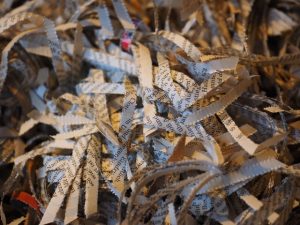 easyfoodwaste.com
easyfoodwaste.com worm bedding farm materials bill fit some
Day 157: Worm Farm | Worm Farm, Worm Composting, Compost Soil
 www.pinterest.com
www.pinterest.com worm farm wordpress
How To Make Perfect Worm Bedding For Thriving Worms
 wormfarmguru.com
wormfarmguru.com worms shredded feeding thriving
Coffee Grounds & Shredded Paper Compost/worm Farm Experiment. Six Months In A Washing Machine
 www.youtube.com
www.youtube.com shredded worm farm paper
6 Easy Steps To Set Up A Worm BOX BIN | Worm Ohana
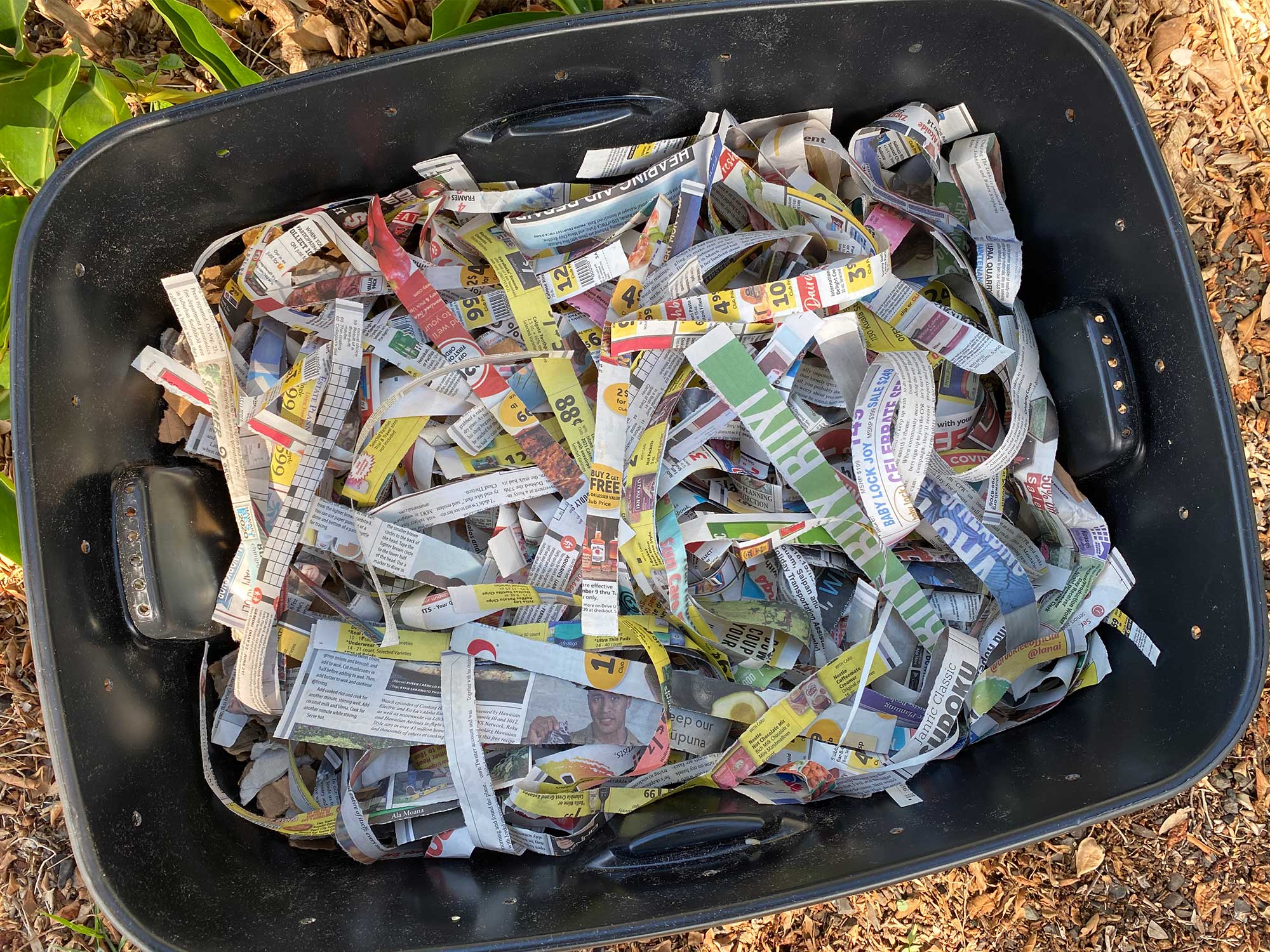 wormohana.org
wormohana.org shredded
Why You Shouldn’t Use Bleached Or Glossy Paper In Your Compost Or Worm Farm – Deep Green
 deepgreenpermaculture.com
deepgreenpermaculture.com Worm Farm Idea, Use Your Shredded Paper In The Worm Fast, But Wet And Wring First Before Adding
 www.pinterest.com
www.pinterest.com worm
Make The Easiest Worm Box - Ever! From "1,000 Ways To Love The Earth" | Worm Box, Recycling Fun
 www.pinterest.com
www.pinterest.com worm earth choose board box ways
Family Weekend Project: Make A Worm Farm | Childhood101
worms childhood101 shredded
Worm Composting: How To Get Started | Hunker
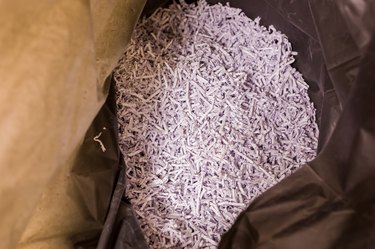 www.hunker.com
www.hunker.com worm shredded composting newsprint damp bedding
Faulkner's Ranch: Word From The Herd: Meet Lisa And Our New Worm Farm
 faulknersranch.blogspot.com
faulknersranch.blogspot.com worm farm herd lisa meet word
Shredded paper plastic soil worm. What can you put in a worm compost bin? what to feed worms?. Compost worm bin worms vermiculture shredded tom
Post a Comment for "Worm Farm Shredded Paper Coffee Grounds & Compost/worm Experiment. Six Months In A Washing Machine"